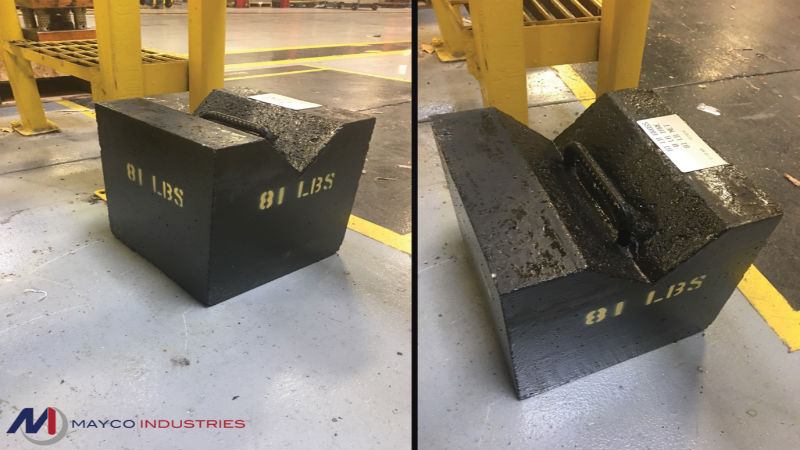Many commercial and industrial applications call for piping these days. In the past, iron pipes were the standard because they could withstand temperature extremes and many types of fluids and gasses. However, thanks to modern plastics you’ll see a lot of PVC and CPVC pipe fittings and piping in many applications. However, these two terms are not synonymous and here is important information to help you understand the differences and similarities.
What is PVC?
PVC or polyvinyl chloride comes from vinyl and plastic materials. It’s strong, durable, and can take a lot of damage without breaking. Even though it was invented back in 1925, it took many decades for it to catch on. Modern PVC materials are vastly improved over their earlier counterparts.
Many companies today use PVC (as opposed to iron) because it’s not subject to rust or corrosions. This is an important consideration for piping buried underground or in wet or humid environments. Insects can’t eat or damage PVC either. Not only is PVC strong, but it’s also flexible and this why it sees use in many earthquake-prone areas.
CPVC
CPVC pipe fittings and piping have higher chlorine content than standard PVC materials. The term “chlorine” is where the “C” comes from. Depending on the product and manufacturer, CPVC may have as high as twenty percent more chlorine than PVC.
Temperature Extremes
Both PVC and CPVC pipe fittings and piping have similar attributes except for heat properties. The added chlorine content gives CPVC greater resistance to heat. In other words, it won’t melt as easily as PVC piping. It’s not recommended to use PVC is any area with temperatures exceeding 140 degrees Fahrenheit (60 degrees Celsius). CPVC is rated for use in temperatures up to 200 degrees Fahrenheit (93 degrees Celsius). This (along with ease of installation) makes CPVC pipe fittings and piping the preferred material for fire sprinkler systems.


